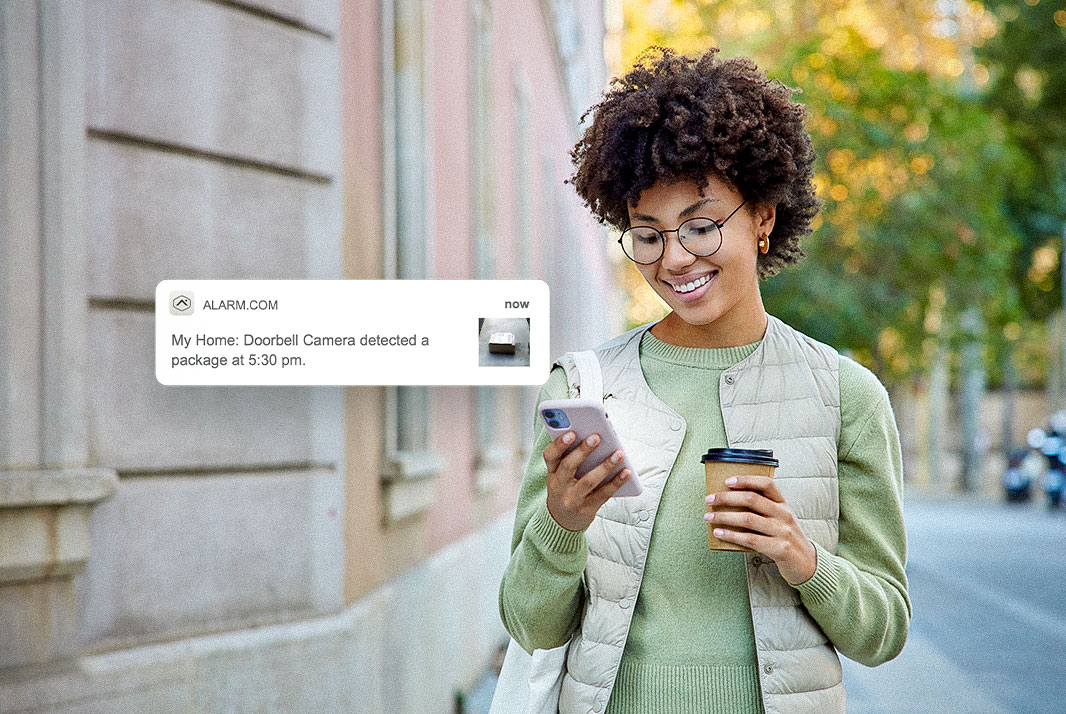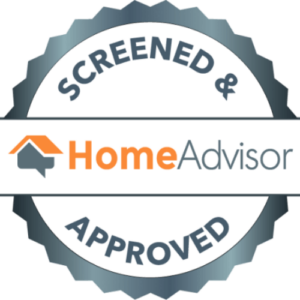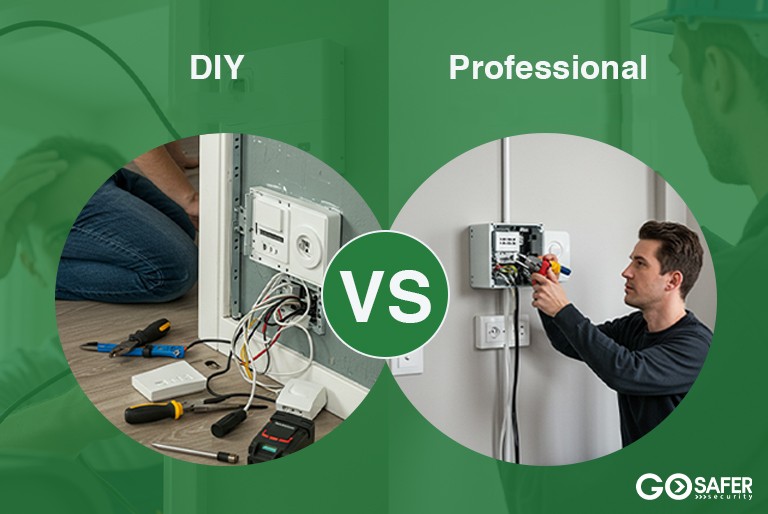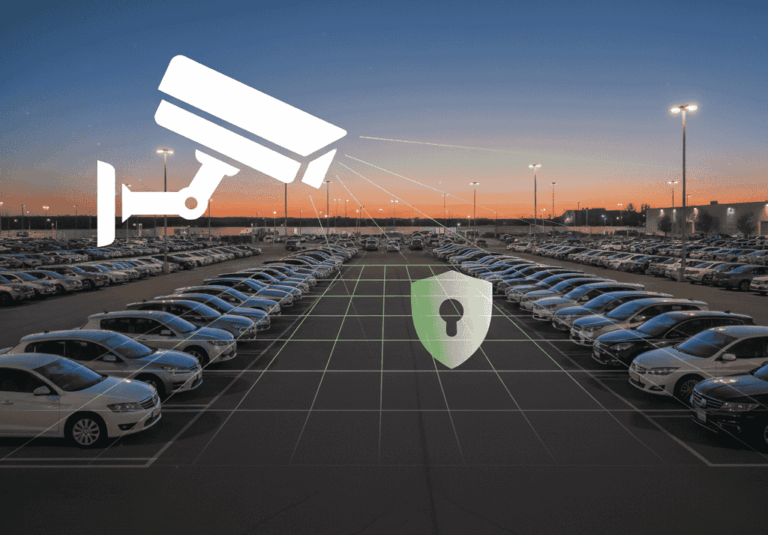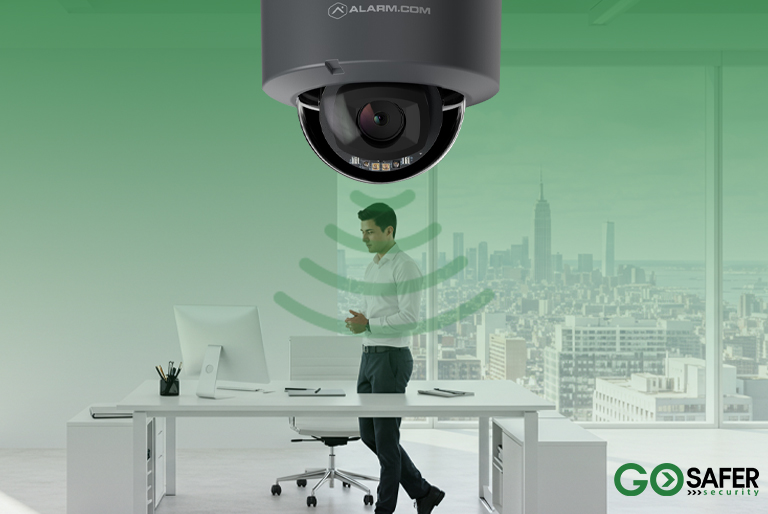Smart home technology has taken convenience and security to a whole new level. With remote monitoring and smart home integration, you can now control your home from anywhere, manage energy efficiency, monitor security, and create a comfortable living space at the touch of a button. Here are some essential tips to get started with remote monitoring and smart home integration for a seamless, tech-powered lifestyle.
Remote monitoring and smart home integration have transformed how we live. With a few simple setups, you can automate your home’s lighting, security, and even temperature, all from your smartphone or tablet. For those looking to make their homes more efficient and secure, integrating smart technology offers both convenience and peace of mind.
Table of Contents
ToggleWhat Is Smart Home Integration?
Smart home integration refers to connecting various devices—like security cameras, thermostats, lights, and locks—into a single, manageable system. This integration allows these devices to communicate with each other, creating an interconnected environment where you can control everything remotely or even automate tasks based on your preferences.
The Benefits of Remote Monitoring for Home Security
One of the main benefits of remote monitoring is enhanced security. By setting up security cameras and sensors around your home, you can monitor activity in real-time from your smartphone, no matter where you are. For example, you can receive alerts when motion is detected, check live feeds, and even speak through security cameras, making it easier to protect your home from intruders.
Energy Efficiency Through Smart Home Devices
Smart devices like thermostats, lighting systems, and appliances can contribute to energy savings by automating their functions. Smart thermostats, for instance, learn your routines and adjust the temperature accordingly, helping you save on heating and cooling costs. Likewise, smart lighting systems can turn off lights in empty rooms, reducing unnecessary energy use.
Getting Started with Smart Home Integration
Starting with smart home integration can feel overwhelming, but it’s best to focus on areas that matter most to you. Many people begin with security systems or energy-saving devices. Smart home devices are typically user-friendly, with step-by-step setup guides, so even beginners can easily get started.
Choosing the Right Remote Monitoring System
Selecting a remote monitoring system involves considering your specific needs. Look for systems that allow you to access real-time video feeds, receive alerts, and manage settings from your phone. You may also want to consider systems with cloud storage for video recordings or devices that support two-way audio.
Smart Security Cameras and Sensors
Security cameras and sensors are essential for any smart home setup. Placing cameras at key points around your property—such as entry points and driveways—helps you keep a watchful eye on your surroundings. Some cameras even offer night vision, motion detection, and audio alerts, providing a comprehensive security solution.
Lighting Automation for Energy Savings and Convenience
Automating your home’s lighting can save energy and enhance convenience. Motion-sensor lights, for example, can turn on automatically when someone enters a room and shut off when the room is empty. You can also program lights to mimic your daily routines, which adds a layer of security when you’re away from home.
Integrating Smart Thermostats for Temperature Control
Smart thermostats are among the most popular energy-saving devices in the smart home market. They allow you to remotely adjust temperatures, set schedules, and even learn your heating and cooling preferences. Over time, this can lead to significant savings on your energy bills, as the thermostat ensures optimal temperature only when needed.
Smart Home Hubs: The Heart of Integration
A smart home hub, such as Amazon Alexa or Google Home, connects all your smart devices into one centralized system, making it easy to control your entire home from a single interface. Many hubs support voice commands and allow you to create “scenes” or “routines” that automate multiple devices based on your preferences.
Voice Control and Virtual Assistants
Voice control with virtual assistants like Alexa, Siri, and Google Assistant makes managing your home as simple as speaking a command. You can adjust lighting, lock doors, or even start your coffee maker with just your voice. This feature is convenient for hands-free control and can be especially helpful for individuals with mobility limitations.
Smart Locks and Access Control
Smart locks and access control devices provide added security and convenience by allowing you to lock and unlock doors remotely. Many smart locks also allow you to grant temporary access to guests or service providers, and some come with fingerprint recognition or keypad options for additional security.
Monitoring Systems for Outdoor Spaces
Outdoor monitoring systems can include cameras, motion detectors, and lights to help you keep an eye on your home’s exterior. Many smart home devices integrate with outdoor monitoring systems to ensure your entire property is protected and allow you to receive alerts if any unusual activity occurs.
Maintaining Privacy and Security in Smart Homes
With all of the conveniences that come with smart home integration, it’s essential to ensure your privacy and security. Secure your devices by using strong passwords, enabling two-factor authentication, and regularly updating device software. Be mindful of the privacy policies of your smart devices and use reputable brands to protect your data.
Conclusion
Smart home integration offers a fantastic way to enhance your home’s security, efficiency, and convenience. From remote monitoring systems to energy-saving devices, there are countless ways to customize your home to suit your needs. As technology continues to advance, integrating smart devices into our homes will only become easier, providing us with safer and more comfortable living environments.

